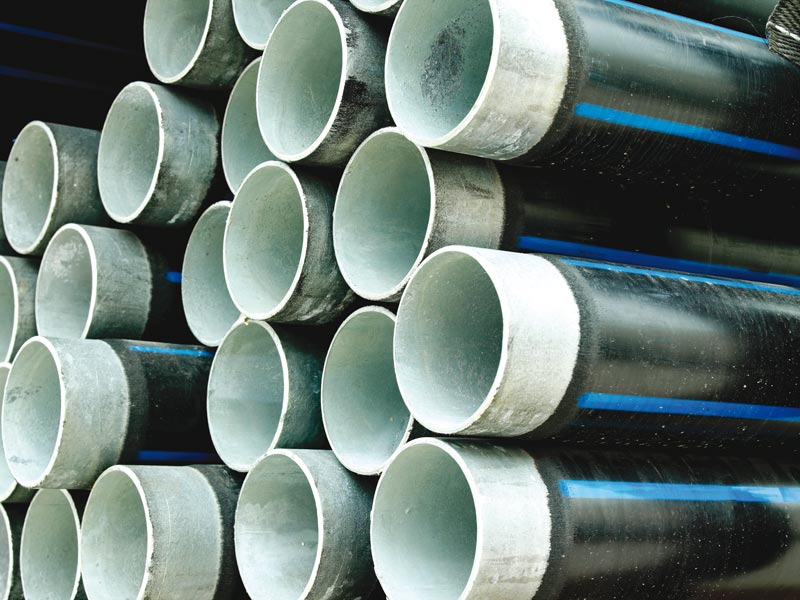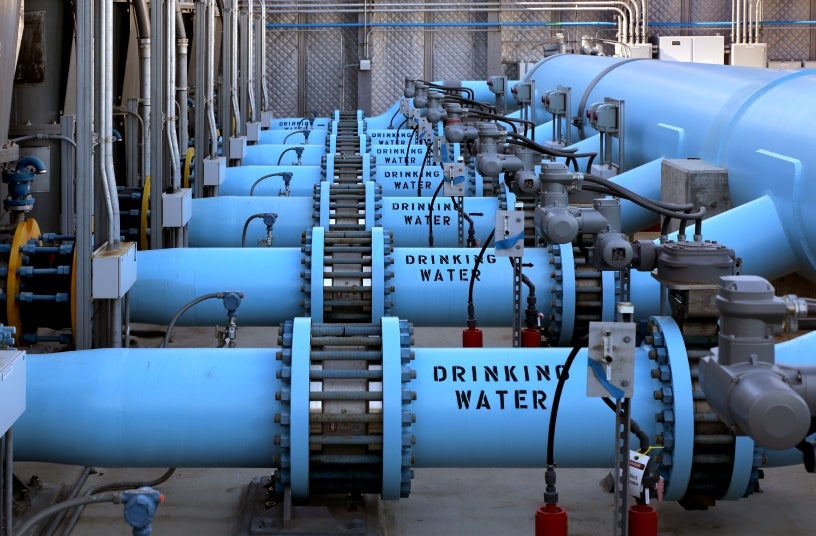

It should be lightweight to be portable, manageable, and freezer-friendly.Water should have enough resistance to abrasion since it may contain inorganic particles like sand, silt, and other materials that, when flowing at a high velocity along the invert of a pipe, could cause material erosion.To enhance hydraulic efficiency, Hazen William’s constant should be large and the Darcy frictional coefficient should be as low as possible. It must be economical and accessible on the market for a fair price.It ought to be impenetrable, corrosion-resistant, strong, and long-lasting.It should be structurally strong enough to withstand the pressure that is applied both inside and externally, compressive and tensile temperature stress, load from overlapping impact stresses, and shock.Good pipe materials must meet the following criteria: Requirements of good quality piping material for selection: For this reason, choosing the right pipe material is crucial. A pipeline transports a variety of liquids, some of which may be flammable, corrosive, explosive, volatile, reactive, and occasionally hazardous to human health.

The sort of materials that the pipe transports influences the material choice of its many components. Therefore, we can sum up piping material by stating that it refers to the materials of every component found in a particular pipe class. It denotes the composition of all piping parts, including pipes, fittings, valves, and other objects. The word “piping material” is broad and does not just refer to the pipe material. They choose the best pipe material after consulting with process engineers. It can be very difficult to select the most cost-effective pipe material for a particular service, which is where piping material engineers come in. The market is filled with a wide choice of piping materials. Therefore, careful pipe material selection is crucial for project economics, and it is always preferable to use piping materials that are technically sound but less expensive. The quality of the piping materials has a significant impact on a project’s cost and success. Piping Engineering includes crucial piping materials. Pipes can be made from a variety of materials, including GI, DI, CI, WI, steel, cement, HDPE, PPR, PVC, and more. Circular pipes are frequently utilized for drinking water delivery and distribution.

Our primary focus is finding condition assessment solutions for 48-inch or greater pipe diameters and for steel and prestressed concrete cylinder pipe types, although solutions for all pipe types and diameters greater than 24 inches will be considered.Pipes are spherical conduits made of a variety of sizes and materials that may transport liquid under pressure. Reclamation and our collaborators are seeking methods and technologies that can reliably and easily detect leaks and flaws in operating, pressurized water pipeline infrastructure regardless of size, depth of burial, pipe material or interior lining. Detecting water loss from pipelines will trigger appropriate maintenance, allowing conservation of scarce water resources and more reliable service to clients. Pipeline components, such as joints, fittings, valves, and individual pipe sections, are subject to leakage due to damage, corrosion, and other types of degradation.

Municipal water utility collaborators also have extensive transmission and distribution pipeline networks. Reclamation’s water conveyance system includes over 20,000 miles of buried pipelines made of various materials including metal, plastic, concrete, and composite. Detecting Leaks and Flaws in Water Pipelines - Stage 1


 0 kommentar(er)
0 kommentar(er)
